Erich Dieckmann - Möbelbau in Holz, Rohr Und Stahl, Julius Hoffmann, 1931, Stuttgart
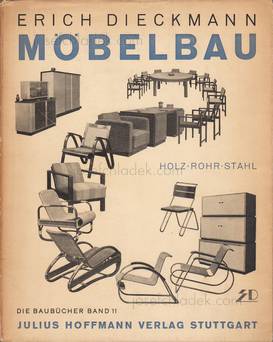
Erich Dieckmann - Möbelbau in Holz, Rohr Und Stahl (Front)

Erich Dieckmann - Möbelbau in Holz, Rohr Und Stahl (Spine)
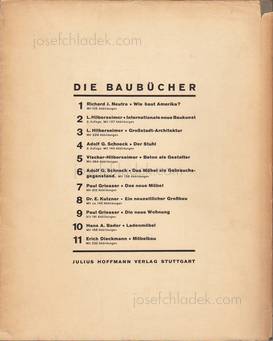
Erich Dieckmann - Möbelbau in Holz, Rohr Und Stahl (Back)
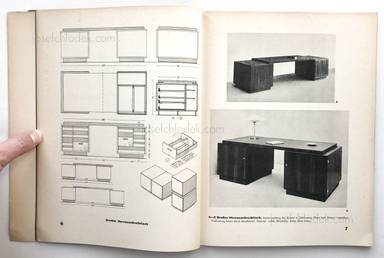
Sample page 1 for book "Erich Dieckmann – Möbelbau in Holz, Rohr Und Stahl", josefchladek.com
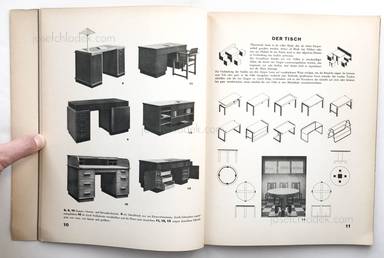
Sample page 2 for book "Erich Dieckmann – Möbelbau in Holz, Rohr Und Stahl", josefchladek.com
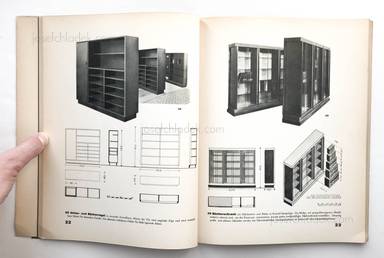
Sample page 3 for book "Erich Dieckmann – Möbelbau in Holz, Rohr Und Stahl", josefchladek.com
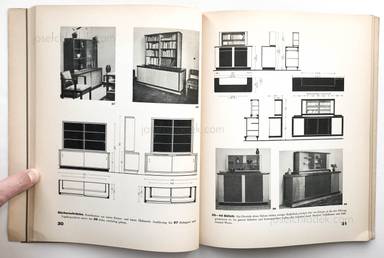
Sample page 4 for book "Erich Dieckmann – Möbelbau in Holz, Rohr Und Stahl", josefchladek.com
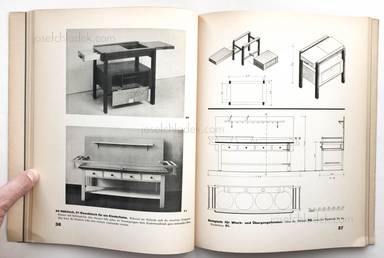
Sample page 5 for book "Erich Dieckmann – Möbelbau in Holz, Rohr Und Stahl", josefchladek.com
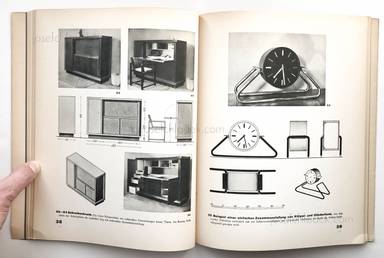
Sample page 6 for book "Erich Dieckmann – Möbelbau in Holz, Rohr Und Stahl", josefchladek.com
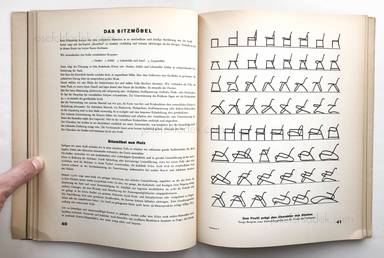
Sample page 7 for book "Erich Dieckmann – Möbelbau in Holz, Rohr Und Stahl", josefchladek.com
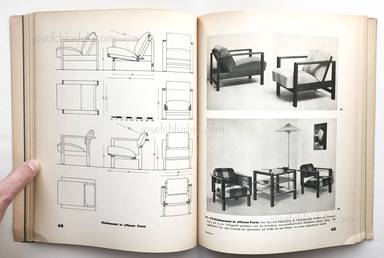
Sample page 8 for book "Erich Dieckmann – Möbelbau in Holz, Rohr Und Stahl", josefchladek.com
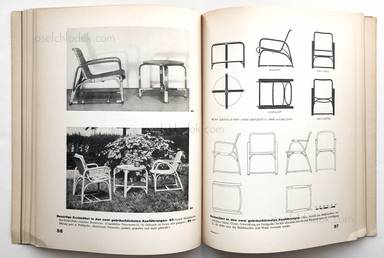
Sample page 9 for book "Erich Dieckmann – Möbelbau in Holz, Rohr Und Stahl", josefchladek.com
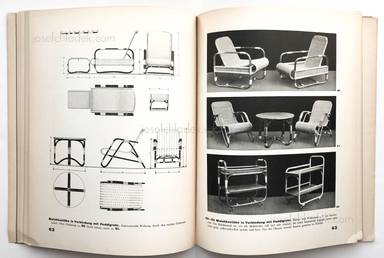
Sample page 10 for book "Erich Dieckmann – Möbelbau in Holz, Rohr Und Stahl", josefchladek.com
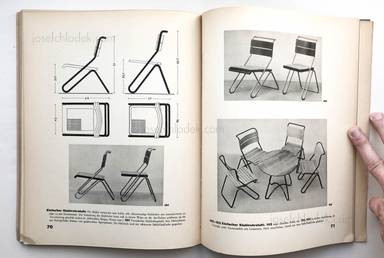
Sample page 11 for book "Erich Dieckmann – Möbelbau in Holz, Rohr Und Stahl", josefchladek.com
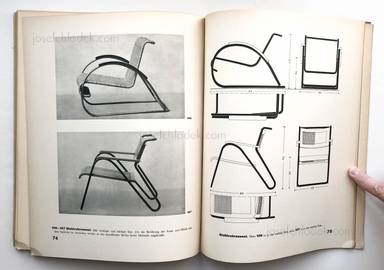
Sample page 12 for book "Erich Dieckmann – Möbelbau in Holz, Rohr Und Stahl", josefchladek.com
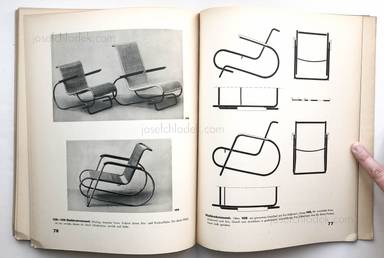
Sample page 13 for book "Erich Dieckmann – Möbelbau in Holz, Rohr Und Stahl", josefchladek.com
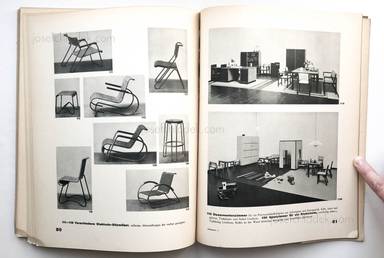
Sample page 14 for book "Erich Dieckmann – Möbelbau in Holz, Rohr Und Stahl", josefchladek.com
Other books tagged Bauhaus (see all)


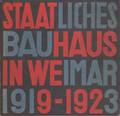






Other books tagged German (see all)


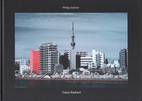



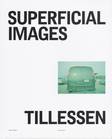

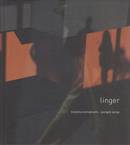
Other books tagged Black & White (see all)
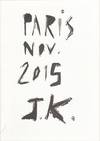






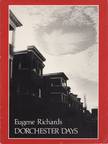
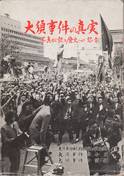
Other books tagged Furniture (see all)

Other books by Julius Hoffmann (see all)
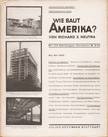
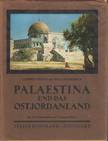
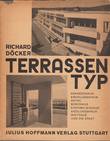
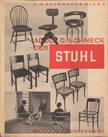

Books to shop at anzenbergergallery-bookshop.com
Softcover with dust jacket, "Die Baubücher, Band 11".
Dieckmann, along with his contemporaries Mart Stam (1899 – 1986) and Marcel Breuer (1902 – 1981) utilized standard gas pipe and standard pipe joint fittings to design furnishings that took advantage of modern industrial manufacturing capabilities. Unlike his contemporaires, Dieckmann managed to avoid the patent lawsuits that inevitably follow these seismic shifts in public taste and perception.
Erich Dieckmann (German, 1896 – 1944) was one of the preeminent furniture designers of the Bauhaus and, like Marcel Breuer, was experimenting with steel tubing, standardization, and geometric forms in the 1920s and 1930s. Dieckmann was born in present-day Poland in 1896. He studied architecture from 1918 to 1920 at the Technical University of Gdansk in Poland and served a carpentry apprenticeship at the Bauhaus in Weimar from 1921 to 1925. When the Bauhaus moved to Dessau in 1925, he remained in Weimar and became the head of the carpentry workshop at the State University of Applied Sciences until 1930.
Throughout the 1930s, he designed furniture as well as worked for various carpentry workshops and consulted for interior and craft design companies. Dieckmann’s furniture is often characterized by quality hardwoods, cane matting and geometric frames that link the armrests and legs, creating a unique runner construction. Designing affordable, enduring pieces that could be mass-produced was also one of his key efforts. Dieckmann passed away in Berlin in 1944, leaving behind an iconic body of Bauhaus-inspired seating. (modernism101)
Pages: 90
Place: Stuttgart
Year: 1931
Publisher: Julius Hoffmann
Size: 23 x 29 cm (approx.)




















